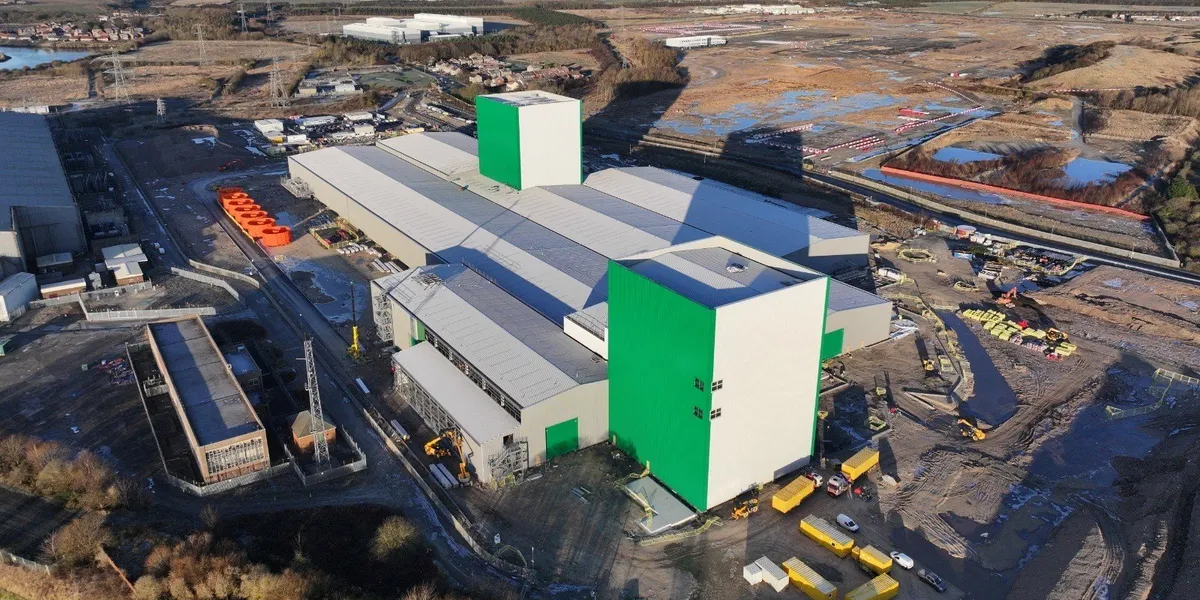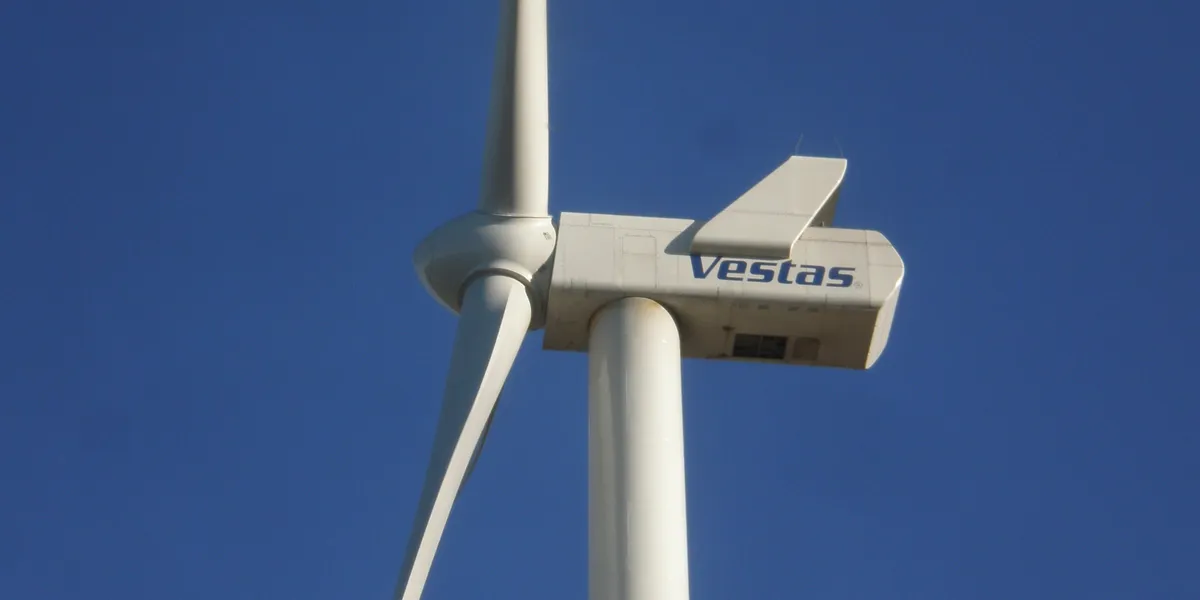There are cathedrals everywhere for those with the eyes to see, and there’s capacity, too.
Electricity demand is surging in the United States to satisfy the growth of data centers supporting high-intensity computing applications like artificial intelligence (AI), onshoring of manufacturing, and electrification en masse. The U.S. needs to get more electrons onto the grid as fast as possible, not only to stave off rolling blackouts in some particularly prone places but to put a lid on rising electricity rates.
Often lost in the debates over transmission line right-of-ways and lengthening lead times for critical power equipment (turbines, transformers, switchgears, etc.) lies a quicker-to-implement solution that’s quickly gaining traction across the country: community solar.
Unlike large-scale generation projects that can take a decade or more to build, community solar projects are typically online in 12 to 18 months, powered by private capital, built in the communities they serve, and designed to use existing distribution infrastructure, including farmland, rooftops, and underused industrial sites. Community solar lowers electricity bills for renters, small businesses, and low-to-moderate-income households while providing grid resilience benefits that put off costly reconductoring.
To drop the flowery language and industry jargon for a second and put it in terms cavepeople might understand: Why make tough big project when many simple little project work?
Modern man is starting to ask a similar question.
Community Solar’s Time to Shine
A new analysis by the Coalition for Community Solar Access (CCSA) of economic impact reports from across the country shows that community solar could unlock more than $120 billion in economic activity nationwide. The trade association calculates that each gigawatt (GW) of community solar development can support more than 18,000 local jobs and generate $2.8 billion in state economic activity.
“This is the energy policy equivalent of finding a $100 bill on the sidewalk,” quipped Jeff Cramer, the chief executive officer of the CCSA. “If you’re a governor or a legislator and you walk past it, you’re doing your state a disservice.”
“States are running out of time and options,” Cramer continued. “Community solar is fast, cost-effective, and it works. We don’t have 10 years to build our way out of this energy crunch. In some cases, we have 18 months, and community solar fits the timeline.”
Interestingly, as the federal government pushes for using more fossil fuels, more states are starting to notice the cash on the ground- or on rooftops and in greenfields and office parks, as the case may be. That’s not to say transmission plans and utility-scale projects should be nixed. A diverse portfolio of generation sources deployed across the grid will be necessary to satisfy increasing electricity demand, and community solar is poised to play a vital role. A study by Vibrant Clean Energy found that by optimizing the balance between centralized and distributed resources, we could save electricity consumers nearly half a trillion dollars by 2050.
That is music to the ears of Vote Solar, a non-profit organization based in Oakland, California that has ratepayers front of mind.
The Power of the States
Despite pushback on a variety of clean energy technologies by the Trump Administration, Vote Solar points out that more than one-third of the U.S. population lives in states where a clean energy future is the law, mandated through legislation like the Climate and Equitable Jobs Act (CEJA) in Illinois or New York’s Climate Act.
“States are not powerless,” explained Sach Constantine, executive director of Vote Solar. “This is absolutely a dangerous time in terms of the progress we’ve made. We should be concerned about the headwinds that are coming at us from the federal government, but states remain the place where many decisions are made about our energy future.”
Constantine contends that deployment and planning decisions are generally made at the state level, pointing to the recent example of Pennsylvania Governor Josh Shapiro prying loose $2 billion frozen by the Trump administration. He suspects if there was ever a necessary time to bust out every tool at his non-profit’s disposal, it’s now.
“Vote Solar feels very strongly in using the state’s venue where we have means, motive, and opportunity to make a change to the system,” Constantine continued in an interview with Factor This.
“These are commissions that are responsible for the grid. These are governors and legislatures that are accountable to citizens who they know, who they see face-to-face, and don’t have the arm’s distance that a federal administration might have. They have aging grids. They have growing demand. They have lots of reasons to want to pursue an affordable, safe, resilient form of energy like solar and other renewables.”
Where Community Solar is Catching On
20 states have active community solar policies at the time of this writing, including Washington, D.C., that provide folks who can’t install rooftop panels, like renters and senior citizens, the ability to subscribe to a shared solar project in their neck of the woods and receive direct bill savings.
Vote Solar’s Constantine acknowledges Colorado’s Community Solar Gardens Act as the torchbearer. It was the first such program adopted nationally, in 2010, and is a good model for new adopters to consider.
In states like Missouri, Iowa, Montana, Ohio, and Wisconsin, Republican-led and bipartisan bills are gaining traction in 2025 sessions. By adopting community solar legislation, CCSA estimates that Ohio could unlock $5.57 billion and thousands of jobs from 1,750 megawatts (MW) of planned projects. Nearby Wisconsin stands to reap $2.8 million and add 18,000 jobs.
Vote Solar’s executive director has observed increasing adoption throughout the Midwest, where the fruits of previous legislation, policy work, and friendly market conditions are starting to ripen.
“In fact, there was a backlog in that queue in the Midwest, and what we’ve seen is progress in opening up that queue, finding new ways to interconnect those projects,” offered Constantine, noting the queue movement is a good sign.
Constantine hopes to see progress spread east into Pennsylvania soon. The state could generate $1.8 billion and create 11,000 jobs if it adopts a community solar policy, by CCSA’s math. Across the border in New Jersey, Governor Phil Murphy has expanded the state’s Community Solar Energy Program (CSEP) following a successful pilot.

“There are very, very favorable market pathways for that to work,” mentioned Constantine of NJ’s situation. “It’s also a very favorable developer context, and we have great developers at the community solar scale level all over the country.”
That includes the southeast United States, where there’s a definite need for utility bill relief in communities with lots of renters and capital deficits that cannot afford to invest in solar on their own.
Florida Power and Light (FPL) says its SolarTogether program is the largest in the country. Its waitlist is currently closed as the utility waits for two dozen more solar centers, accounting for 1.78 GW of subscription capacity, to come online in Northwest Florida. Utility-backed community solar programs, while not Sach Constantine’s favorite flavor, are better than not bringing new renewable generation online at all.
“We would have liked to see that come out a different way, but the fact is it put more solar on the grid, and it got people accessing that through subscription models,” Constantine told Factor This. “We might prefer a slightly different model, less utility-centric, but I think whatever works will work, and we must be aware that communities in the Mountain West are different from communities in the South.”
Nationally, more than 1.7 GW of community solar was installed in 2024 alone, marking a 35% year-over-year increase, according to Wood Mackenzie and CCSA’s latest market outlook.
Two Steps Forward, One Step Back?
While clean energy futures are looking bright in the Midwest as a whole, a new piece of legislation in Minnesota threatens to end its Community Solar Garden program, which has been providing affordable, equitable, and cost-effective local solar options since it was adopted in 2013, based on the aforementioned banner program Colorado put together.
Senate Bill 2855 and a companion bill in the House, introduced and sponsored by Sen. Nick A. Frentz, Sen. Bill Weber, and Sen. John A. Hoffman, calls for Minnesota’s program to be sunset by July 31, 2028. Doing so would threaten local clean energy jobs, weaken the grid, and drive up energy costs, according to the CCSA, MnSEIA, Vote Solar, the Institute for Local Self-Reliance, and Solar United Neighbors in a joint release.
“This blatant rollback is a gift to powerful utilities intent on protecting their monopoly and crushing competition at the direct expense of Minnesota families and small businesses,” the groups said.
“At a time when we need more affordable and independent energy, not less, Minnesota lawmakers should be advancing policies that benefit communities, not siding with profit-driven utilities,” chimed Vote Solar’s Midwest regional director, Patty O’Keefe.


Frentz maintains he still wants Minnesota to utilize more renewable generation sources but doesn’t think the community solar program makes economic sense.
“Given Minnesota’s commitment to 100% clean energy by 2040, we want clean energy technologies to compete on price and reliability,” Frentz stated, claiming the program still relies on above-market rates, despite the decreasing cost of solar power.
Last year, the program was modernized to expand its access to low-to-moderate-income (LMI) residents. The proposed sunset would cut it off before it has a chance to deliver on its promise, undermining efforts to provide affordable clean energy to those who need it most. A study conducted by the Minnesota Department of Commerce showed that the program delivered $2.92 billion in net benefits to the state, vastly outweighing its cost. In addition, the study showed that customers received a 3-8% reduction in their bills and projected that the program would generate $139 million in net benefits for LMI subscribers and $116 million for non-LMI subscribers.
“This program is not just crucial for achieving Minnesota’s clean energy goals, it’s a lifeline for families struggling to afford their energy bills,” added Vote Solar’s O’Keefe. “We urge Minnesota lawmakers to focus on the communities that rely on initiatives like the Community Solar Garden and to uphold their responsibility to serve them.”
Xcel Energy anticipates significant load growth in Minnesota over the next five years and is staring down the barrel of around 9 GW of data center requests to interconnect. The utility has committed more than $45 billion in new generation and transmission projects over the next five years.
Can Xcel make the math work without distributed generation as part of the equation? Vote Solar, the CCSA, and similar organizations hope we don’t have to find out.









